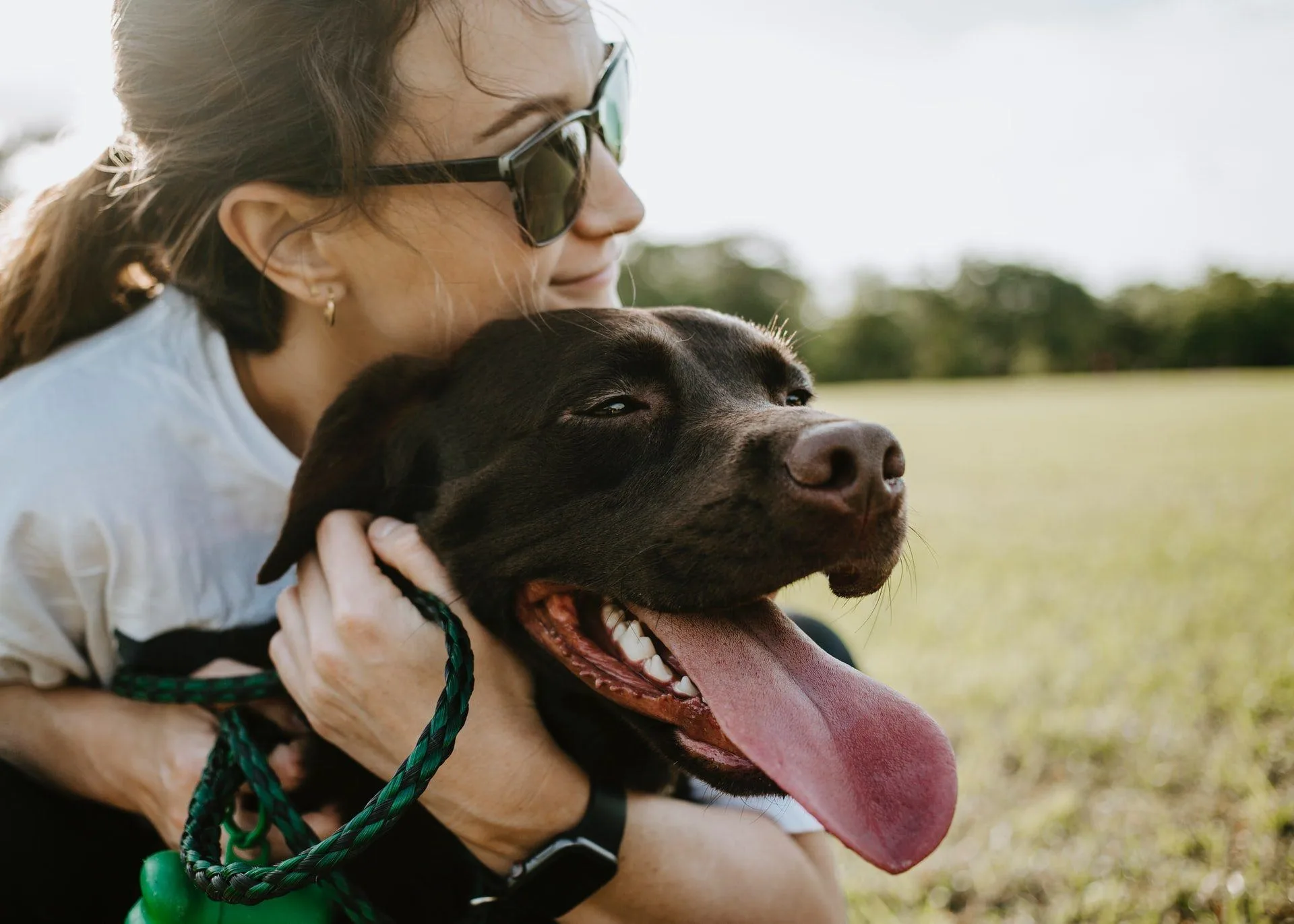Are you up for an exciting adventure in the great outdoors with your dog?
Hiking with your pup can be a greatly rewarding experience, allowing both of you to discover new sights, smells, and sounds while bonding in nature’s fresh air. However, just like any outdoor activity, hiking with your dog comes with its own set of challenges and potential risks.
That’s why we’re going to give you five essential tips through this article to have a safe and enjoyable hiking trip with your dog.
By planning ahead of time and following these tips, both of you will make the most out of your trip while staying safe on the trail. Longevity Live Paid Content.
1. Consult your vet
Before you pack up the bags and load up the car to go on a hike with your dog, it is essential that your dog is healthy and physically capable of handling whatever the trail has to offer.
Your vet is ideal to consult about this matter, as they possess the expertise to assess your pet’s fitness level and provide valuable advice about necessary precautions. They may even suggest specific trails that are suitable for your dog’s capability, so both of you have a pleasant and secure time on your trip.
2. Check if your canine friend is ready for the trip.
Like humans, dogs, too, have their own needs, preferences, interests, and physical limitations. Therefore, when selecting the hiking trail for your excursion, it is essential to consider the following factors.
- Dog breed: The breed of the dog is one of the important factors in deciding how active they are. Some breeds are very energetic and adventurous, while others require more of an ease-of-living lifestyle. And yes, don’t judge a dog by its appearance; for example, pit bulls might appear tough and shredded but are not ideal for hiking due to their temperament, joint issues, and restricted airways.
- Temperament: Temperament is integral to your dog’s ability to enjoy a trip on the trails. Some dogs have more of a laid-back personality and prefer taking things slowly, while others may be more playful and eager to explore. You must be aware of your pup’s temperament and habits, so they can enjoy the trip as much as you do.
- Age: Another thing that should be taken into account is your dog’s age. Puppies have weak skeletons and are not ready to take the strain. If your dog is still a baby, avoid going on strenuous treks. On the other hand, older dogs may have mobility issues that prevent them from going on long hikes.
3. Consider possible dangers
Nature can be unpredictable at times. So, prior to embarking on the journey with your pet, do proper research and make yourself aware of possible dangers that could be present in the area you’re traveling. This allows you to plan your trip accordingly. Some common dangers may include:
- Extreme weather conditions such as storms or heat waves.
- Local plants can cause poison when consumed by dogs.
- Any local wildlife that can be a threat to you or your pet.

Photo by Joe Caione on Unsplash
4. Be prepared for the unforeseen
Planning and preparation are the keys to having a safe and enjoyable hiking trip. While enjoying the outdoors and nature, preparing for unexpected situations is crucial — especially if taking your pup along. Dogs, just like humans, are susceptible to natural dangers and need adequate protection from them.
While we can’t predict unexpected situations, here are some common ones:
- Accidents can happen to anyone, and our pets are even more vulnerable due to their playful and curious nature. As a responsible pet parent, you should carry extra first aid supplies with you. You can bring paw protection as well. Furthermore, having a local emergency phone number can be a lifesaver in case of an urgent situation.
- Overheating: Overheating is a big problem with dogs while hiking. Their sweat glands are not as developed as humans, so they may have trouble maintaining body temperature. Dark-colored and hairy dogs are particularly prone to overheating; therefore, you should bring a thermometer with you and check their temperature from time to time. If you think their temperature is high, you can use ice packs to cool them down and let them rest for a while.
- Freezing: Cold could be as dangerous as heat. Therefore, when hiking in cold climates, bring enough supplies to keep you and your dog warm. Blankets or dog jackets can help keep your furry friend cozy, but make sure to pack warm clothing for yourself as well.
5. Take care of your pet friend
Although we take care of our pets while traveling, the possibility of them getting lost on the trail remains. It’s not uncommon to hear dogs wander off searching for intriguing smells or running after small animals.
Separation can be a painful and stressful experience for both you and your pets; therefore, prepare yourself in case of such an occurrence.
One way to ensure you remain connected to your dog even during separation is by considering a microchip. It is like modern-day collar tags; they are implanted beneath your dog’s skin and contain all their vital information. You can get more information on a microchip by talking to your vet.
Additionally, take a clear and colored picture of your dog and keep it with you to share it with other hikers.
Investing in a dog collar and leash is also a good idea to keep your dog with you. Check out some of the best dog collars and leashes at Alpine Dogs.
6. Clean up after your dog
Along with common sense, cleaning up after your dog during your hiking trip is also a basic courtesy. While some trails may have designated dog poop stations, it’s always better to be safe than sorry.
To save yourself from this embarrassing situation, pack a dog poop kit with you, including extra bags, and make sure you are familiar with the local rules regarding dog poop disposal.
Don’t forget that these rules are made for a reason, such as burying it 6 to 8 inches underground and at least 200 feet away from any water source. By following such rules, you act responsibly and ensure the safety and health of other hikers and the environment.
7. Bring a dog toy
Hiking with your pet is thrilling, but it’s important to be aware that they require some time to relax and recover after a crazy day spent out on the trails. Bringing your dog’s favorite toy along is a great way to keep them entertained as you put up a tent and cook dinner in the evenings.
A ball is always a safe option. Pups also enjoy chasing after sticks or any other object that they can get their paws on. Just remember not to let them overplay; they need rest to restore energy for the next day.
Conclusion
Hiking with your dog can be a wonderful bonding experience, allowing both of you to take in nature’s fresh air and explore the unseen world that exists.
However, before embarking on this adventure trip, planning, consulting your vet beforehand, checking if your pup is ready, considering potential hazards, having an emergency helpline number, and packing an extra first aid kit will help you ensure a safe and enjoyable experience.





![women [longevity live]](https://longevitylive.com/wp-content/uploads/2020/01/photo-of-women-walking-down-the-street-1116984-100x100.jpg)









